Search
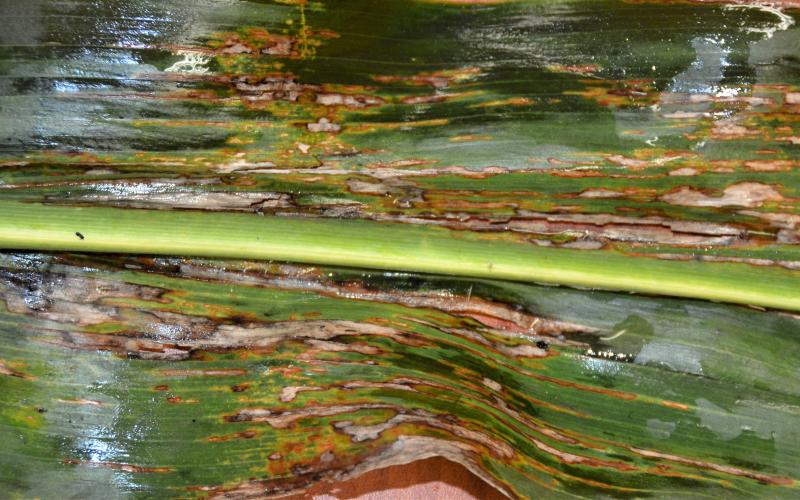
Bacterial Leaf Streak of Corn: A New Corn Disease in South Dakota
Bacterial leaf streak, caused by Xanthomonas vasicola pv. vasculorum (Xvv), is a recently discovered disease of corn in South Dakota. The disease was first identified in Nebraska in 2016 but now has been found in the majority of the Corn Belt states. Under favorable weather conditions bacterial leaf streak can develop to reach yield reducing levels. Like any other bacterial disease, once symptoms develop there is little that can be done to control it in the field. However, it is important to correctly diagnose this as a bacterial disease because it can be confused with gray leaf spot which is a fungal disease.
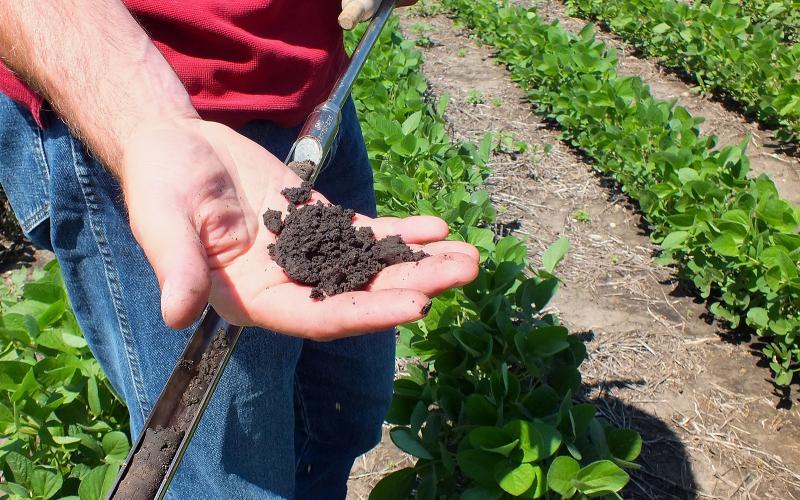
Soil Testing Labs
This page contains a list of nearby state or private laboratories that can be used for crop production fields, gardens and lawns.
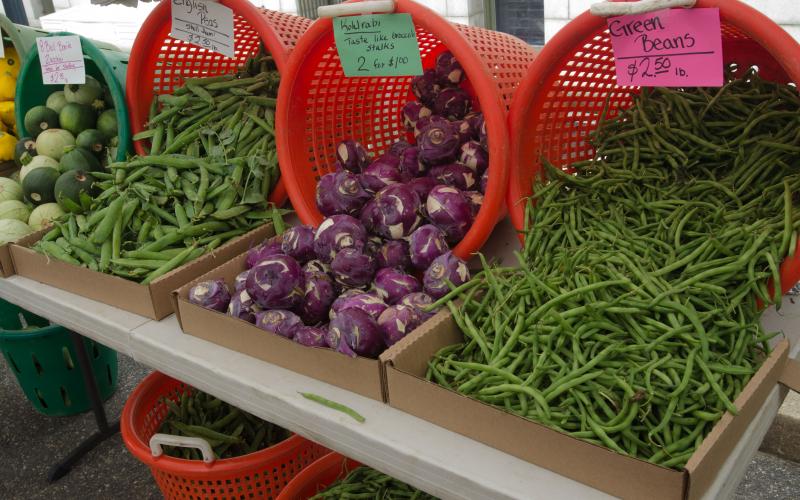
Local Foods: Whole Fresh Vegetables and Herbs
Fresh, whole raw fruits and vegetables grown in South Dakota can currently be sold without a food service license from the South Dakota Department of Health.
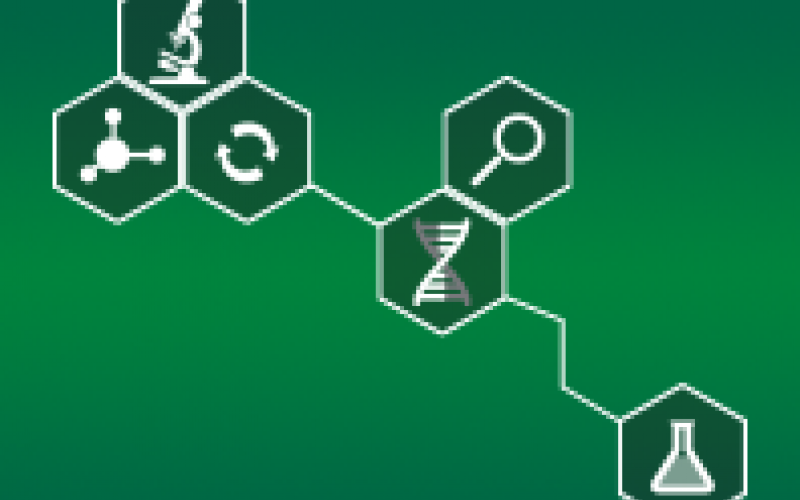
Fungicide Resistance: Risk and Management
What is fungicide resistance?
Fungicide resistance can be defined as when a pathogen population is no longer sensitive or has reduced sensitivity to the fungicide that used to control the same pathogen.
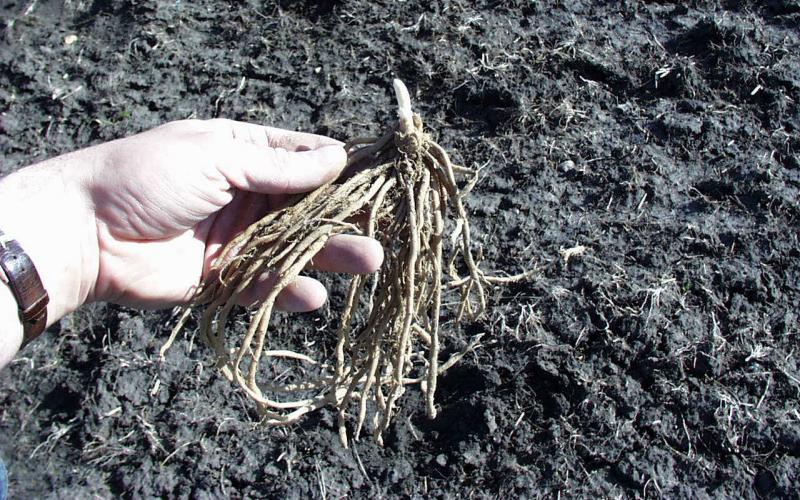
How to Plant Bare-Root Perennials
Many herbaceous perennial plants are sold as bare-root plants. A bare-root plant is just what it sounds like—a plant with bare roots and not growing in a container. Learn how to select, store, and plant these plants.

Food Safety Rules for Fruit & Vegetable Growers: FAQ
It seems rules and guidelines for growing fresh produce safely are constantly changing, as new laws and regulations are implemented each year.
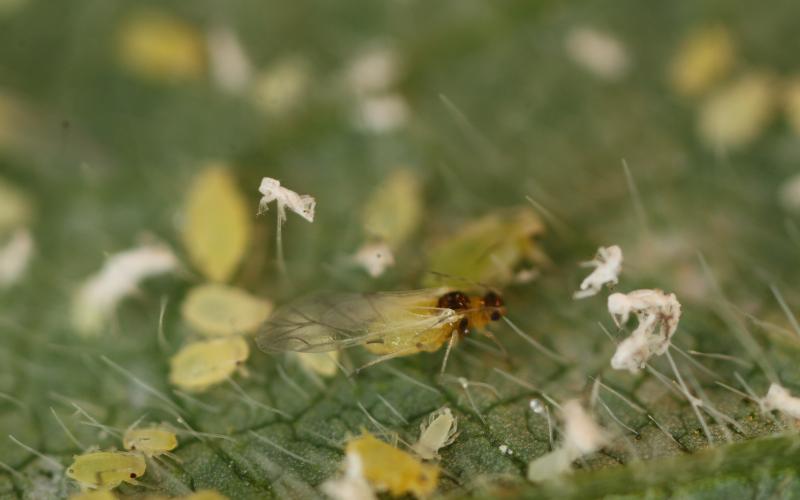
First Soybean Aphid Populations Detected in South Dakota
While scouting fields this week, we observed winged (alate) soybean aphids in Southeast South Dakota.

Do You Need a Thriller in your Garden?
Container gardens can be a great way to continue gardening or expand the way you are gardening and add color to your landscape, no matter what the size.
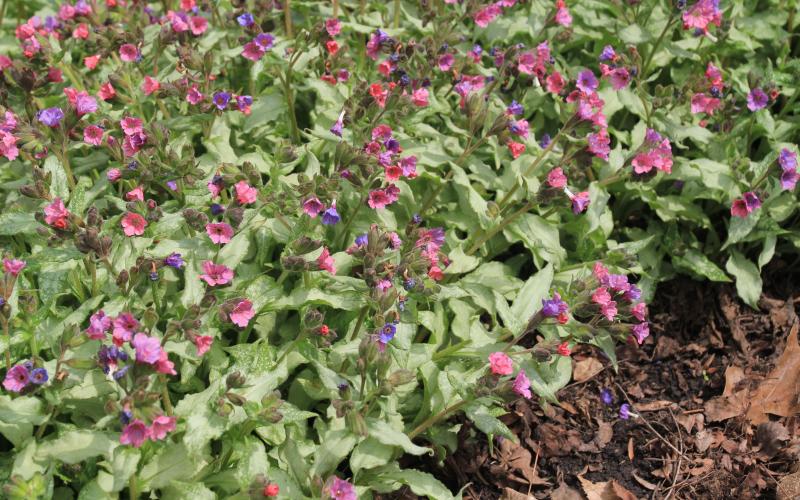
Lungwort: A Winter-hardy Perennial for Shade or Part-shade Gardens
Lungwort is a great plant for the partly sunny or shade garden, offering multiple seasons of interest, starting with flowers in early spring, followed by the development of new, basal leaves decorated with white spots and blotches.
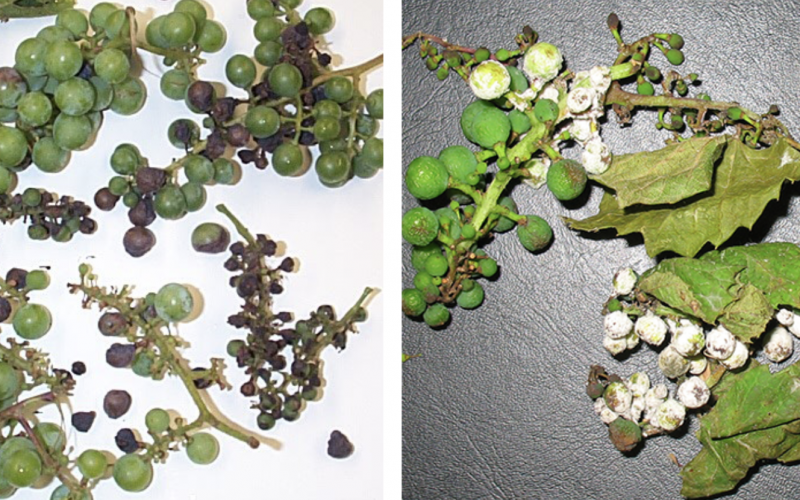
Black Rot & Downy Mildew: Two diseases that can rot grapes
There are several different diseases that can infect the fruit, but two of the most common are black rot and downy mildew. Their symptoms are quite different.